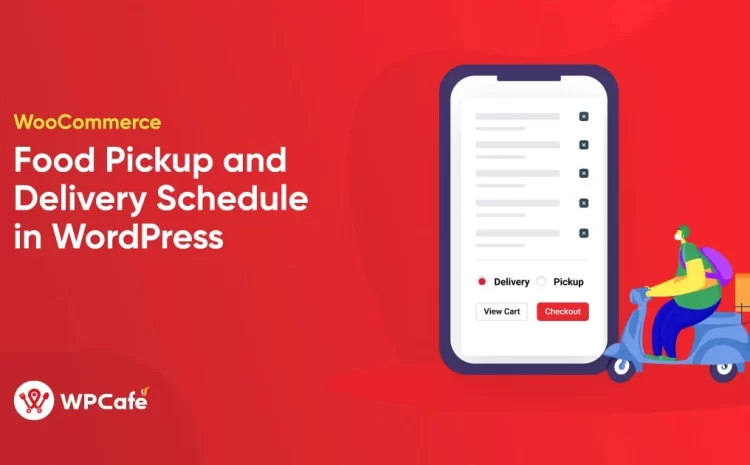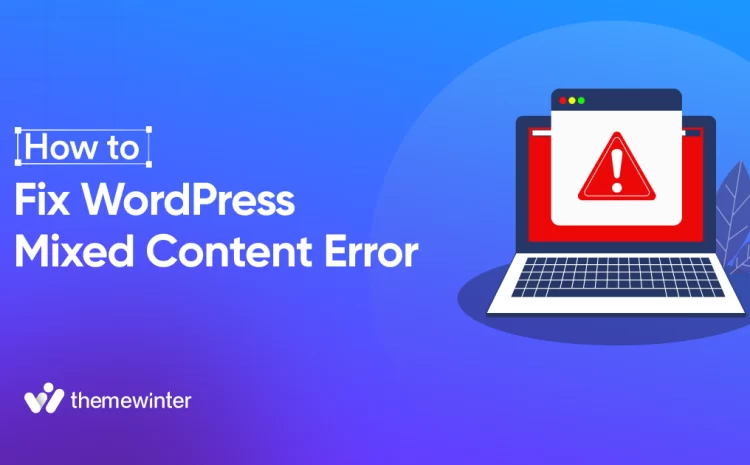9 Useful Ways to Measure The Success Of Your Events
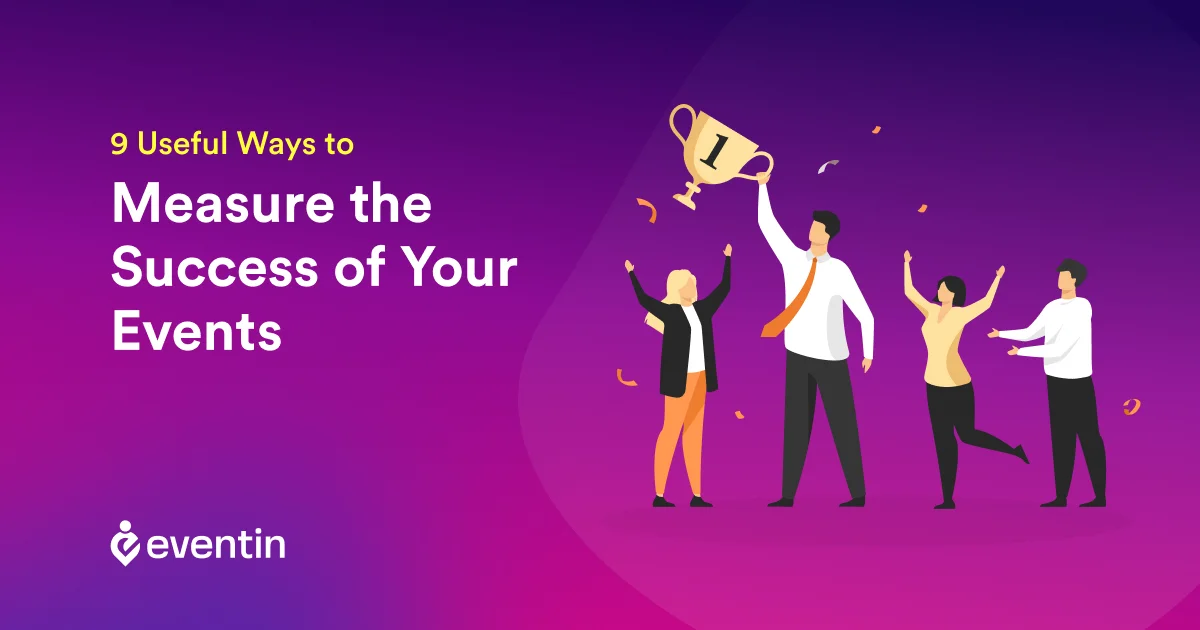
Table of Contents
Imagine stepping into a realm where every handshake counts, every click resonates, and every ticket sold weaves the story of your event’s triumph. In this ever-evolving world of event management, there’s a thin line between a memorable event and a forgettable one.
Intriguingly, recent studies have shown that over 80% of marketers believe live events are crucial to their company’s success, yet the true challenge lies in capturing the essence of that success.
This blog unveils the nine pivotal metrics to measure your event’s impact, guiding you through a journey of discovery, where data meets strategy, and every insight brings you closer to your next big event success. Prepare to uncover the secrets that will not only elevate your events but redefine the way you perceive success!
So, without further ado, let’s get straight to the discussion where we’ll highlight 9 useful ways to measure the success of your events.
1. Registration and Attendance Analysis
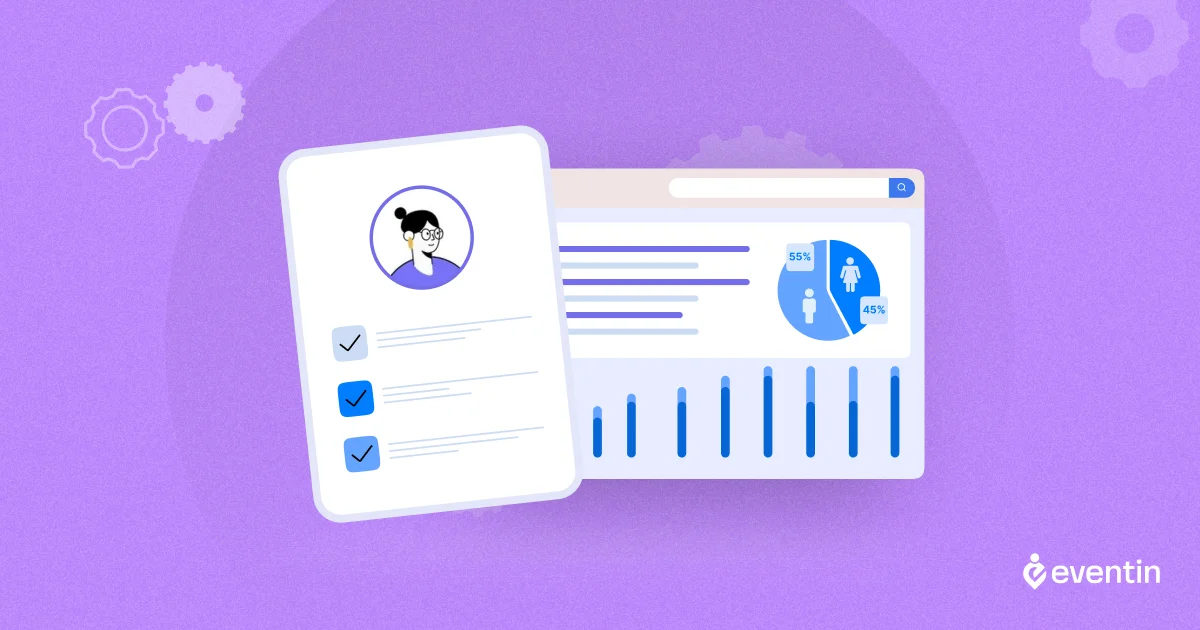
Analyzing registration data after building an event management website offers a window into the potential popularity and reach of your event. It’s not just about how many registered, but who they are and what they represent in your target demographic. The true litmus test, however, lies in attendance rates. A high conversion rate from registration to attendance is a clear indicator of the event’s appeal and relevance.
Utilizing tools like the Eventin event management plugin, event managers can seamlessly track these metrics, gaining invaluable insights into attendee behavior and preferences. This analysis is crucial, as it measures the immediate success of your event and shapes the strategy for future ones, ensuring that every event is a step forward in understanding and catering to your audience.

2. Attendee Engagement and Satisfaction
Growing attendee engagement and satisfaction is another crucial point to make your event successful. It’s not just about counting heads; it’s about making every head turn with interest and every heartbeat with excitement.
But how do you measure these intangible yet vital aspects? It starts with active participation metrics – how many attendees are actively involved in sessions, networking, and interactive elements of your event.
Then, delve into the heart of attendee sentiment with post-event surveys and Net Promoter Scores (NPS). These tools offer direct insights into how attendees perceive your event, from the quality of content to the overall experience. By measuring engagement and satisfaction, you transform feedback into your guiding star, leading your events to new heights of success and resonance with your audience.
3. Financial Metrics and Revenue Analysis
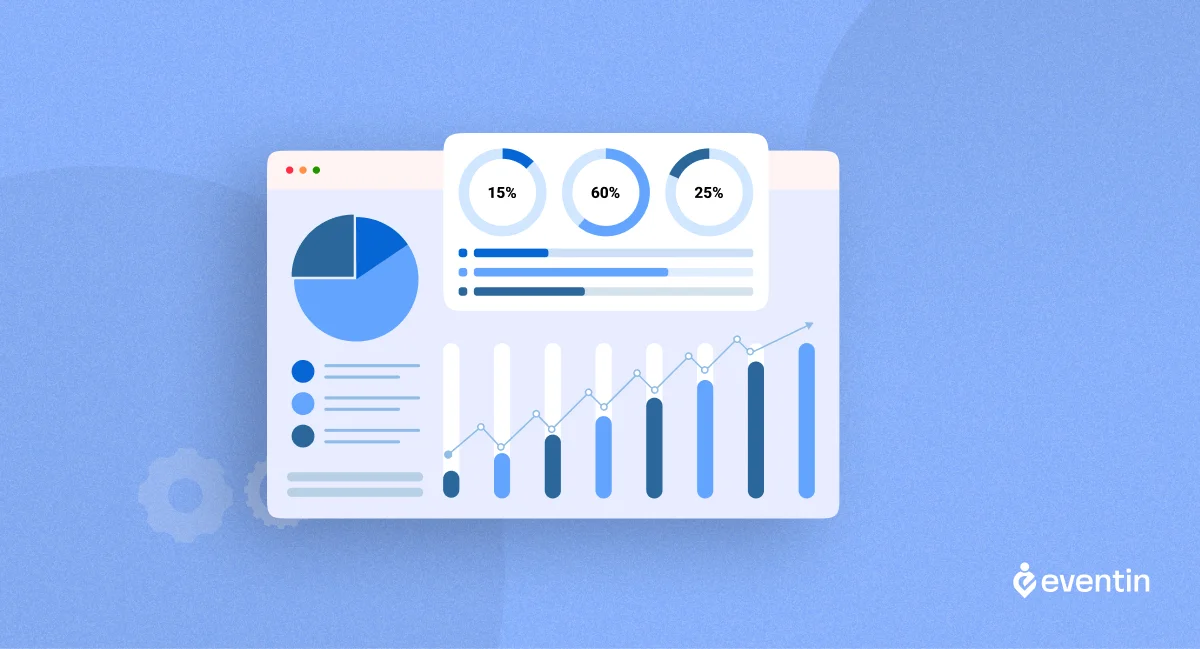
In the tapestry of event success, financial metrics are the vibrant threads that reveal the economic impact of your event. Gross revenue, a primary indicator, reflects not only the event’s market demand but also its financial viability.
Dive deeper, and the cost-to-revenue ratio emerges, offering insights into profitability and operational efficiency. Equally telling is the analysis of revenue by ticket type and promotional codes, which uncovers attendee preferences and the effectiveness of marketing strategies.
By meticulously tracking and analyzing these metrics, you can gauge your event’s financial health, identify areas for improvement, and strategically plan for future success. Remember, each dollar earned or spent narrates a part of your event’s story, making financial analysis a critical chapter in understanding its overall success.
4. Analyzing Speaker and Session Performance
The heart of any event lies in its content, and the pulse of this content is often set by the speakers and sessions. So, it’s inevitable to create an event speaker page and analyze their performance to understand the event’s impact. By measuring session attendance, audience engagement, and feedback, you gain valuable insights into what resonates with your attendees.
Consider the audience’s reactions to speakers, the participation in Q&A sessions, and the overall session ratings. These metrics not only reflect the speakers’ effectiveness but also guide future content curation.
In essence, a deep dive into the speaker and session analytics helps fine-tune your event strategy, ensuring every word is spoken and the topic discussed significantly contributes to your event’s narrative.

5. Social Media and Promotional Impact
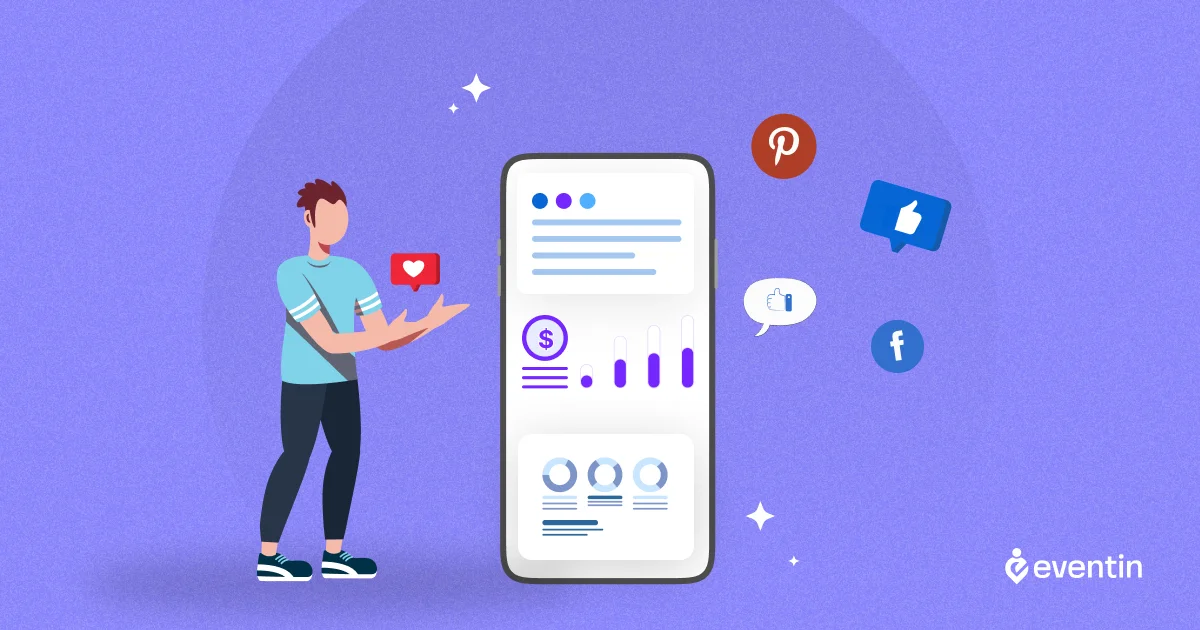
In today’s digitally connected world, the ripple effect of social media and promotions is a vital gauge of event success. Social media mentions, hashtag usage, and engagement rates offer a window into the event’s reach and audience enthusiasm. Analyze how effectively promotional campaigns translated into event interest and attendance.
Did specific discount codes or social media campaigns drive ticket sales? How did the audience interact with the event online? The answers lie in the digital footprints left on social media platforms and promotional analytics, making them indispensable tools for painting a comprehensive picture of your event’s influence and appeal. So, leverage effective social media event marketing tips, and analyze data regularly.
6. Long-Term Impact and Returning Attendees
Beyond the immediate buzz, the true testament of an event’s success lies in its enduring impact and the loyalty it fosters. Long-term impact is measured not just in immediate feedback, but in the sustained engagement and recurrence of attendees. Tracking the number of returning attendees offers invaluable insight into the lasting appeal of your event.
It’s a clear indicator of the value you’ve created, turning first-time visitors into loyal followers. This metric is a powerful gauge of your event’s resonance, reflecting how well it has been ingrained in the attendees’ minds and calendars. By focusing on long-term impact and nurturing returning attendees, you cultivate a community that thrives on the experiences you offer and eagerly anticipates your next event.
7. Advanced Analytics and Custom KPI
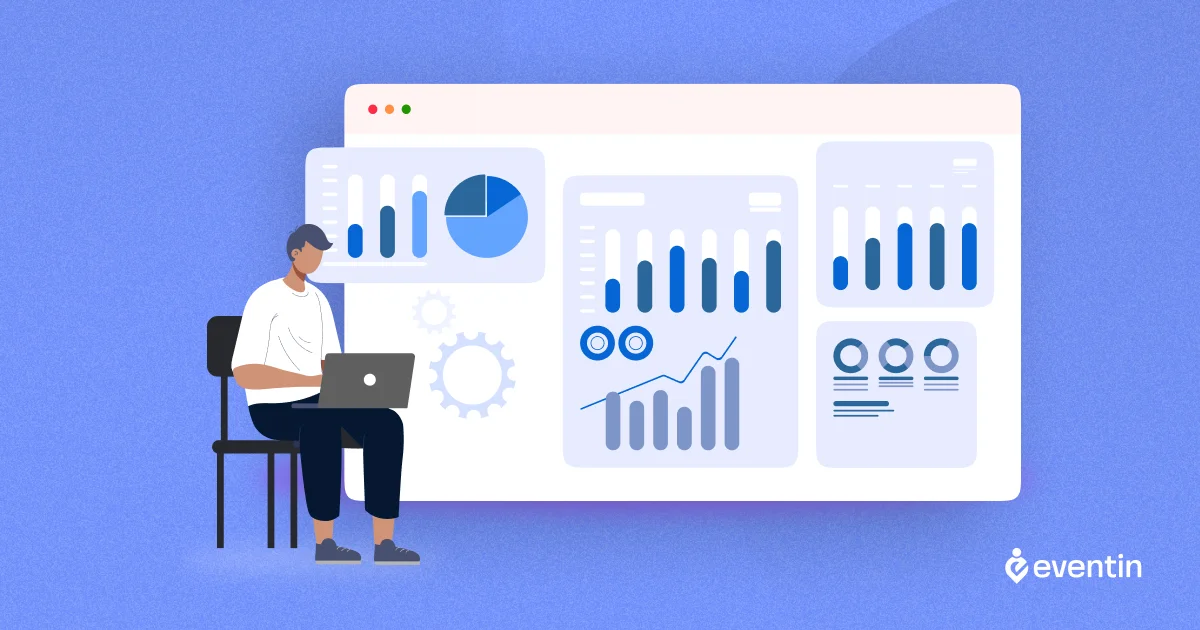
Delving deeper into the realm of event success, advanced analytics and custom Key Performance Indicators (KPIs) are the compasses guiding event strategists toward uncharted territories of insights.
Advanced analytics go beyond surface-level data, unraveling layers of attendee interactions, engagement patterns, and behavioral trends. Custom KPIs, tailored to specific event objectives, transform generic data into actionable intelligence.
Whether it’s measuring the lifetime value of attendees, tracking engagement heatmaps, or analyzing the ripple effect of social media interactions, these sophisticated metrics offer a granular view of event performance.
Tools like the Eventin event plugin for WordPress empower planners to harness this data, not just to validate their success but to iteratively refine their event strategies. In this data-driven age, mastering advanced analytics and custom KPIs is no longer a luxury but a necessity for crafting events that resonate and leave a lasting impact.

8. Sponsorship Satisfaction Analysis
Sponsorship satisfaction is a crucial barometer of an event’s success. Beyond mere financial support, sponsors seek value, visibility, and alignment with their goals. To gauge their satisfaction, it’s essential to dive deeper than surface-level metrics. Consider conducting detailed interviews or surveys post-event to capture their unique perspectives.
Analyze the exposure they received, the quality of leads generated, and the alignment with their brand values. This proactive approach not only strengthens sponsor relations but also provides actionable insights for tailoring future events to create a mutually beneficial ecosystem for all stakeholders.
9. Post-Event Sales Tracking
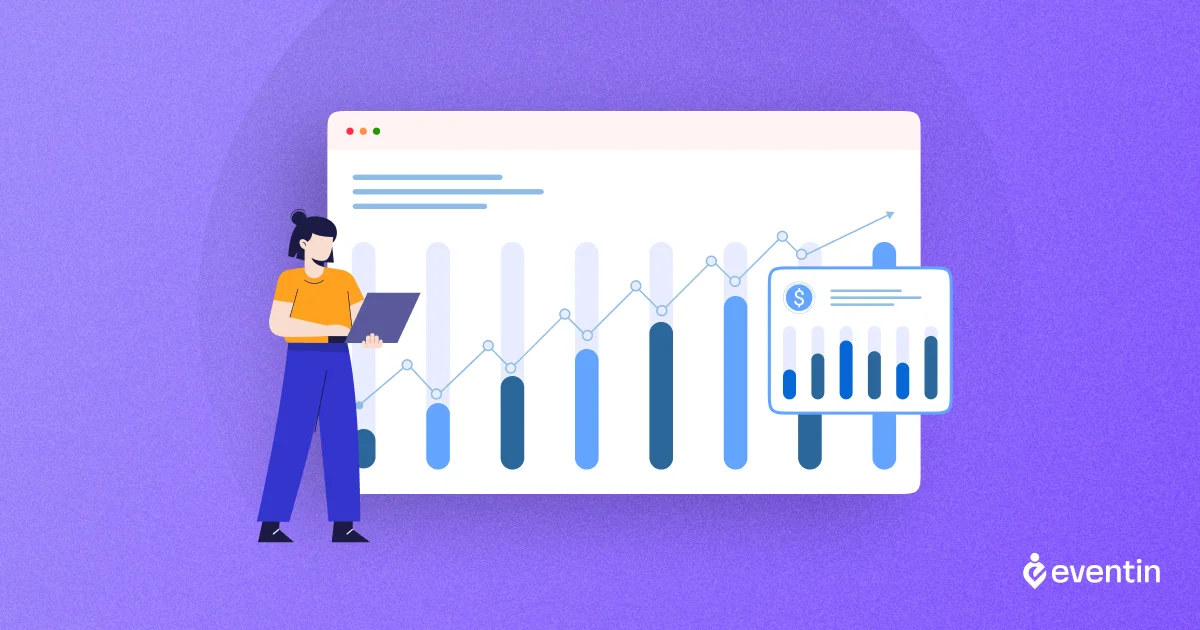
Assessing the success of an event doesn’t end with the closing remarks. One critical measure lies in the realm of post-event sales tracking. This metric delves into the direct financial outcomes generated as a result of the event. It involves monitoring sales spikes, subscription uptakes, or service inquiries that can be directly attributed to event activities.
This data not only quantifies the immediate financial return but also sheds light on the effectiveness of the event in nurturing leads and converting interest into tangible sales. By meticulously tracking post-event sales, organizers gain a clearer understanding of their event’s impact on the business’s bottom line, enabling them to refine their strategies for future events.
Frequently Asked Questions (FAQ)

Even though you’ve finished the blog post with great attention, you still have some queries that you want to get answered. Here are some of these event survey questions you should check out to clear up all your confusion.
1. How can I tell if my attendees are engaged during the event?
Gauging attendee engagement is all about looking at the interactive aspects. Think about how many people are actively participating in your Q&A sessions, engaging in polls, or joining networking sessions. Also, don’t overlook social media chatter and feedback from your post-event surveys. These are your gold mines for understanding how involved and interested your audience was.
2. Why should I care about my event’s Net Promoter Score (NPS)?
NPS is like a window into your attendees’ minds. It tells you not just if people liked your event, but if they loved it enough to recommend it to others. It’s a simple question that can give you a world of insight into how your event is perceived and what you can do to make it even more impactful.
3. How does social media buzz affect my event’s success?
Think of social media as your event’s echo chamber. It amplifies everything – the excitement, the key moments, and even the areas that need improvement. Tracking hashtags, mentions, and overall engagement gives you a sneak peek into what worked, what resonated with your audience, and how far your event’s reach extended beyond the physical venue or virtual platform.
4. Why should I track returning attendees? Does it matter?
Absolutely! Returning attendees are like a pat on the back, telling you, “You did great!” They are a living testament to the value and appeal of your events. If people keep coming back, it means you’re hitting the right notes and creating experiences that resonate and stick.
5. How important is post-event sales tracking for understanding my event’s impact?
Post-event sales tracking is where the rubber meets the road. It’s about connecting the dots between your event and your business goals. Seeing a spike in sales, inquiries, or sign-ups post-event? That’s a clear sign your event did more than just entertain; it motivated action, and that’s a big win!
Wrapping Up
As our exploration of measuring event success concludes, it’s clear that the journey of event planning is both an art and a science. From the initial buzz of registrations to the final applause, every aspect of an event tells a part of your success story. The metrics and strategies discussed here are more than just numbers; they are reflections of experiences, memories, and connections forged.
Remember, the tools at your disposal, such as Eventin, are not just facilitators but partners in your quest to create events that resonate and inspire. As you step forward, armed with these insights, your events will not only meet benchmarks but set new ones, crafting narratives of success that echo beyond the immediate applause into the annals of memorable experiences.
